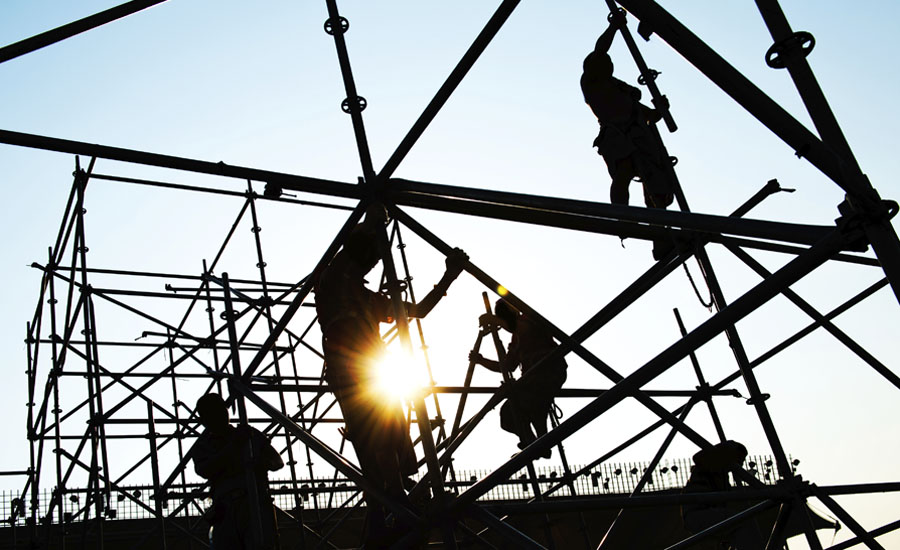According to a report by the National Institute for Occupational Safety and Health (NIOSH), a high number of American workers were seriously injured or died on the job due to traumatic brain injuries.
The study found that construction workers sustain more traumatic brain injuries than workers at any other type of workplace in the United States. Between 2003 to 2010, more than 2,200 construction workers died due to a traumatic brain injury.
Workplace traumatic brain injuries were studied by NIOSH during an eight-year period. During that time, more than half of the fatal work-related injuries were a result of falls, often from ladders, roofs and scaffolds.
Workers 65 and older were 4 times more likely to sustain a fatal injury than workers 25 to 34 years old. Workers employed by small businesses (less than 20 employees) were 2.5 times more likely to die or life-long consequences.
Three strategies to heightened safety on the job site:
- Plan ahead.
When workers make a plan before engaging in an activity, they are more likely to set up safeguards and complete the job detail safely. Planning ahead also gives workers an opportunity to have a conversation with supervisors about fall (and other) hazards they see.
- Provide the right equipment.
Using the right equipment for the job greatly reduces accidents, injuries and fatalities, especially when working at heights.
- Train everyone on how to use the equipment safely.
Training has been shown to call attention to specific hazards on their worksite. Normal work is paused and the entire crew can focus on safety issues.
Long hospital stays, extensive rehabilitation, medication costs, vocational retraining and possibly even a live-in caregiver or nurse can all be the result of a severe brain injury. According to the Brain Injury Law Center, a serious brain injury can exceed six figures in the first year. And it can take months or years – to recover.
Source: Lanier Upshaw, Inc.



